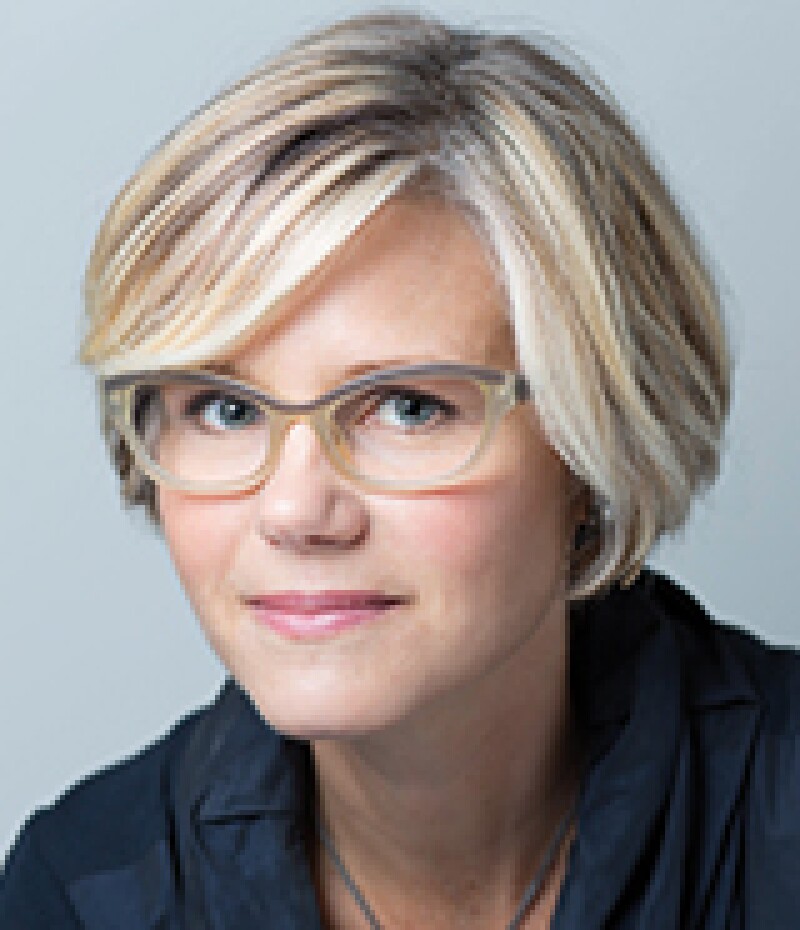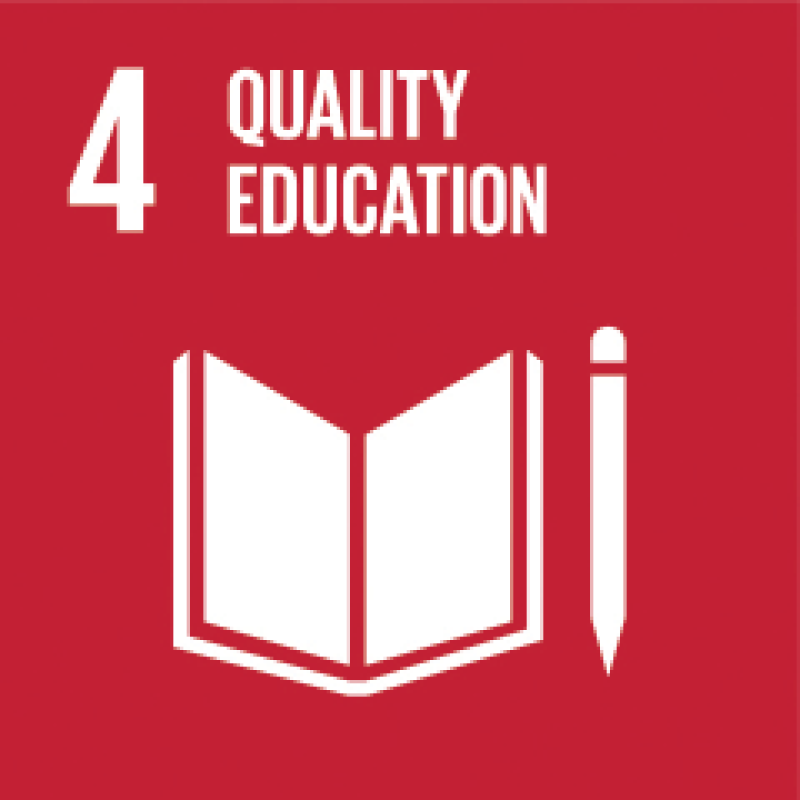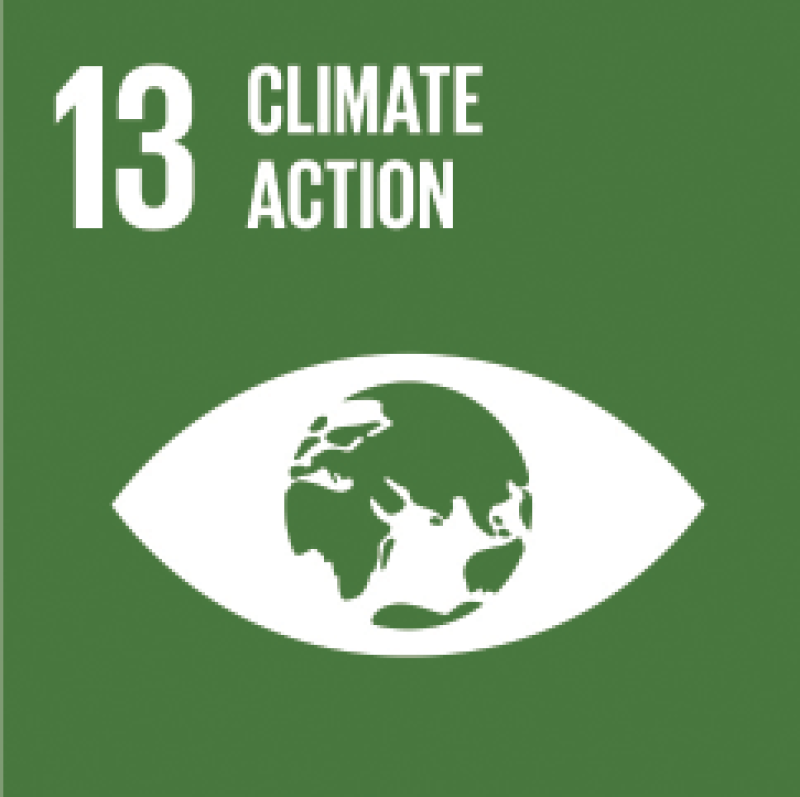


Jackie VanderBrug has made gender diversity and equality part of investment analysis, to create more positive social, environmental and financial outcomes. That gender lens investing has now become part of the lexicon of mainstream investors is in no small part due to VanderBrug. She began talking about it publicly back in 2006 as a senior adviser at Good Capital, an early impact investing fund. After joining US Trust to head up its impact investing platform, VanderBrug continues to lead in the field of capital and gender in her role co-chairing impact investing for Bank of America Global Wealth Management.
It was perhaps inevitable that impact investing would be VanderBrug’s path. Her background was a combination of entrepreneurship – working with her father on a telecoms company that was taken public – and social policy – developing computer models in Congress to analyze the impact of domestic legislation on social policy.
But it was when she was working for Good Capital and consulting for the Women’s Funding Network that she began to notice the role gender played across her work.
“From how to fund women, through how women wanted to invest, to how the role of women in industry impacted the companies they worked for, as well as the communities in which they lived and the broader economy – it seemed that gender had an impactful role within investment that had not been given much attention,” she says.
Yet while investors – particularly female investors, who were becoming a larger part of the investment community – were sold on the idea of investing in firms that embraced gender diversity or built gender diversity into their products, there were few investment funds in the early/mid 2000s that catered to that appetite.
“It was sort of: ‘You had me at hello! But where can I invest?’ I realized this needed to be addressed and to be done at scale,” says VanderBrug. That took her to US Trust to build gender lens investing. Much of it came about as she worked with the Women’s Foundation of California to design a portfolio that reflected the foundation’s values of equality for women and girls and sought risk-adjusted market-rate returns.
“This was back when there was less investment research about diversity and little transparency from firms around how they looked at gender internally or for consumers.”
VanderBrug and a few like-minded others began to collect data that showed that gender diversity leads to multiple benefits for firms and that, with an increasing number of women earning more, companies that consider women from design down to supply chain have a more sustainable business model than those that do not. Crucially, as gender lens investing has become a more familiar term, a spotlight has been shone on how equality positively impacts all areas of society.
Gender plays a large role in our collective interest in supporting sustainable cities and infrastructure - Jackie VanderBrug
More recently, VanderBrug has been talking about the connection between gender and the environment.
“You can’t separate the two,” she says. “If we want solutions to issues like climate change, we need as many minds around the table as possible – so it’s in our interest to make sure girls are educated to increase that pool of talent.”
She also points out that women are critical to behavioural shifts.
“For example, women use energy. In most countries they are the ones who are responsible for cooking. If you want to move to lower carbon solutions, of course it is women you need to be working with.”
She points to a case study of a firm that designed an energy-efficient stove for women and recognized women could be the distributors.
“When they created the training for the saleswomen, it turned out the women sold more than their male counterparts. And when the company put the men through the women’s training programme, they too increased their sales. When we start to think inclusively, then everyone benefits.”
Wharton, where VanderBrug advises on work around gender in public markets, estimates about $900 million is invested in gender-mandated strategies in the US. The Forum for Sustainable and Responsible Investment in the US estimates there is some $4 billion in gender-related investments.
“We have a long way to go,” says VanderBrug. “Our role as large investors is to keep exploring the evidence that gender is material within investment considerations. That, rather than gender investing being akin to screening things out, what it does is illuminate risk and opportunity. It’s important for companies to understand the link to sustainability.”
Part of the vision is also for scalable gender-related instruments.
“Gender plays a large role in our collective interest in supporting sustainable cities and infrastructure,” she says. “It stands to reason that instruments whose proceeds support an inclusive society could be branded as a gender lens bond.”
VanderBrug says standards around gender would be useful.
“ Should there be standards or principles? It’s something many of us are discussing right now, akin to work taking place around green bonds and responsible investing,” she says. “It may be different for different sectors. Transparency will naturally play a role, as will tracking outcomes or introducing due diligence questions around diversity. The key is to create a consistency that allows capital to move without being constrained. If we hope to uncover more data about the positive correlation between equality and sustainable economies, we need to create a big tent.”
UN Sustainable Development Goals: The keys to responsible banking?
These are the areas that the United Nations says banks need to consider when accepting their responsibilities in shaping and financing a sustainable future.


















See more impact banking champions

